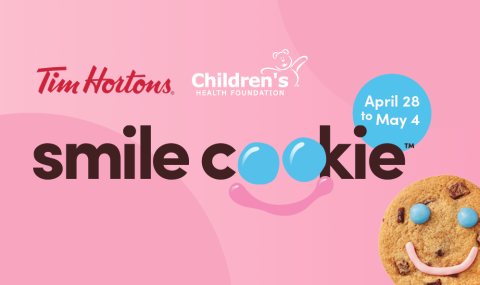Explained in the video, is that liver disease related to alcohol is largely diagnosed based on the amount of alcohol consumed. These amounts are listed below:
Women: more than 20 grams (1.5 standard drinks) per day or 140 grams (10 standard drinks) per week
Men: more than 30 grams (2 standard drinks) per day or 210 grams (15 standard drinks) per week
In Canada, a standard drink is the following:

| Beer 341 ml (12 oz) of beer 5% alcohol | Cooler, cider, ready-to-drink 341 ml (12 oz) of drinks 5% alcohol | Wine 142 ml (5 oz) of wine 12% alcohol | Spirits (whiskey, vodka, gin, etc.) 43 ml (1.5 oz) of spirits 40% alcohol |
Use the chart below to determine whether your consumption of standard drinks falls within the criteria for ALD. There is an online calculator that can you can use to assist with the calculation of standard drinks. Find it by following this link: Standard Drink Calculator.
# of drinks per day/week (explain the type and size and/or amount of the drink you would consume) | # of standard drinks per day/week (change the number of drinks consumed per day/week to a number of standard drinks) | Does this amount meet criteria for ALD? Yes or No?
| |
| Example: | 3-2oz shots (6 oz) of 40% whiskey per day = 42 oz per week | 4 standard drinks per day = 28 standard drinks per week | Yes |
The video mentions that the word “alcoholic” is no longer used, but that it is possible that some people with Alcohol-related Liver Disease (ALD) have an Alcohol Use Disorder (AUD). AUDs are diagnosed by medical professionals according to the Diagnostic and Statistical Manual of Mental Disorders Fifth Edition (DSM-V) and are sub-classified as mild, moderate or severe. Below are questions that you can ask yourself to gauge whether or not you have (or had) an alcohol use disorder, and how severe it is (or was). Attempt to answer the questions without judgment or blame. The self-assessment is simply a means to develop greater awareness of yourself and your behaviours as they relate to alcohol consumption. (Note that the self-assessment is written for those who are still consuming alcohol [present tense]. If you have stopped consuming alcohol, you will answer the questions as per your past consumption of alcohol [changing the self-assessment into past tense].)
Do you …
| Yes / Maybe / No |
| Yes / Maybe / No |
| Yes / Maybe / No |
| Yes / Maybe / No |
| Yes / Maybe / No |
| Yes / Maybe / No |
| Yes / Maybe / No |
| Yes / Maybe / No |
| Yes / Maybe / No |
| Yes / Maybe / No |
| Yes / Maybe / No |
If you responded “yes” or “maybe” to just two or three of the questions, you may have a mild AUD. An AUD is moderate with four or five questions “yes” or “maybe” responses, and is severe with six or more “yes” or “maybe” responses.
(Najavits, 2019)
Shared in the video, is that there are all kinds of reasons for alcohol consumption regardless of the amounts you consumed, or how problematic your alcohol consumption may have been. Many underlying reasons for alcohol consumption including, stress, anxiety, worry, depression, anger, guilt, shame, grief and boredom are well known. It is also well known that childhood experiences of trauma, such as emotional, physical, and sexual abuse, can predispose a person to consume alcohol later in life as a means of coping. Use the space below list the possible underlying reasons for your consumption of alcohol.
The video highlights that changing your alcohol consumption is possible regardless of the reason for consuming or amounts consumed. It says that in order to do so it’s helpful to think about the biological (what you do with your body), psychological (how you think), sociological (who you spend time with) and spiritual ways that people make change. In the chart below, consider the changes you can make in each one of these areas.
| Biological (Do I need to change my diet? Is exercise a part of my regular routine? Should I consider anti-craving medications for my alcohol consumption?) | Psychological (Do I know my indicators for stress? How does anxiety show up for me? What do I do to manage worry? Do I tend to use unhelpful thinking styles [for example: catastrophizing, mindreading, disqualifying the positive]? Am I aware of my automatic thoughts related to my alcohol consumption (for example: “I’m going to test myself to see if I can have just one,” “I need something to take the edge off and help me relax,” “I can’t have fun or excitement if I don’t drink”]?) |
| Sociological (Do I have healthy and supportive relationships in my life? What can I do to improve my relationships? Do I need to create boundaries in some of my relationships? How do I spend time with people in healthy ways?) | Spiritual (Is having a spiritual connection important to me? What does spirituality look like for me? How can I connect with my spiritual self? What are my core values? What are my natural skills and gifts?) |
Finally, the video encourages reaching out for support should you feel like it would be helpful for you. On the next page are some ways that you can do that for both alcohol consumption and liver disease.



